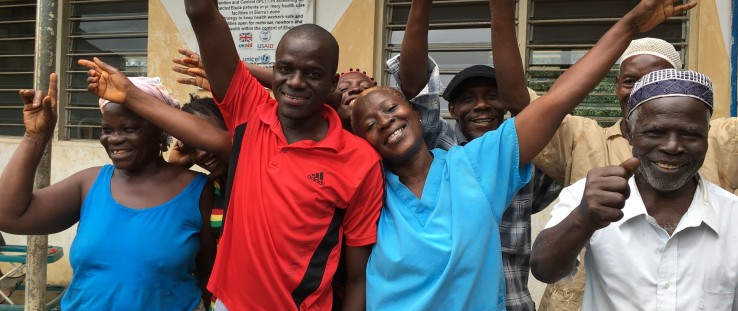 Visitors outside the Maborognor Maternal and Child Health Post in Sierra Leone
Courtesy of HC3
Visitors outside the Maborognor Maternal and Child Health Post in Sierra Leone
Courtesy of HC3
 Visitors outside the Maborognor Maternal and Child Health Post in Sierra Leone
Courtesy of HC3
Visitors outside the Maborognor Maternal and Child Health Post in Sierra Leone
Courtesy of HC3
The 2014 Ebola epidemic in West Africa caught the world by surprise. Not only were the countries most directly affected put under tremendous pressure to contain this disease and save the lives of their own citizens, but the entire world understood how vulnerable we all are to outbreaks of infectious diseases. Nowhere was this more evident than inside the health centers located at the center of the crisis.
Even before the 2014 epidemic, the countries most affected by Ebola had some of the worst maternal and child health indicators in the world. And pre-Ebola data has not changed significantly from the most recent data available.
In 2015, Sierra Leone had a maternal mortality ratio of 1,360 per 100,000 while Liberia had 725 and Guinea had 679. By comparison, the U.S. mortality rate for 2015 was 14 per 100,000. Children did not fare much better. In 2015, in Sierra Leone 120 out of 1,000 children died before reaching the age of 5, in Guinea 94 out of 1,000, and in Liberia 70 out of 1,000. By comparison, in the United States the under-5 child mortality rate is 7 out of 1,000.
“Trust of health care workers and use of facilities in Guinea and Sierra Leone were low before Ebola due to poor services and treatment. The Ebola outbreak caused tremendous fear and worsened the situation,” says Kendra Chittenden, senior infectious disease adviser at USAID.
In an effort to rebuild trust from the bottom up, USAID began supporting the rehabilitation of health facilities, while encouraging communities to take ownership of the process and driving demand for services.
“In a post-Ebola context, it becomes even more important to listen to the concerns of the community and respond with improved counseling training, infectious disease prevention and physical makeovers,” says Claudia Vondrasek, team leader for Francophone Africa with the Health Communication Capacity Collaborative (HC3), USAID’s implementing partner.
Appearances Matter
According to Vondrasek, health facilities in many of the Ebola-affected countries suffered years of neglect. The result is, in many cases, dilapidated dusty structures—places where moms bring their children for vaccinations and routine checkups. Ministries of Health do not often have the resources to repair, paint and clean health centers. Yet appearances matter as much as quality of care—and go hand in hand with it.
As much as possible, community members have been involved in both planning and refurbishment. The idea is simple: When communities are involved in the makeover, they feel invested and are more likely to use the services later. Furthermore, the differences from the before and after can be not only remarkable but also life-saving.
“Before, without electricity, we had a lot of problems. If you had a patient who needed a cesarean at night, we had to use cellphone flashlights to see,” says Dr. Ramatoulaye Barry, director of the maternity ward at Prefectural Hospital in Dubreka, Guinea. “But now, we have electricity. It does not matter what time it is when you come and give birth. Now we can do our work, as it is supposed to be done.”
Hanna Kaloko, a community member in the Port Loko district of Sierra Leone, says that her community health facility is much more attractive now because there is electricity, chairs to sit in, a better delivery room and a steady supply of medicines. “We are very happy for all of this,” Kaloko says. “Whenever I see a pregnant woman now, I encourage her to go to the hospital. A lot of them come from different villages to get the services. It makes me happy to come to the facility. I take my grandchildren there when they get sick and they are given medicine so I am happy.”
Training providers is just as important. “As teams paint and repair roofs, caretakers are trained in improving client-provider interactions. By the time the refurbishing is complete, everyone is excited by the transformation, eager to celebrate and to enter the clinic doors,” says Jane Brown, Mano River team lead for HC3 in Guinea.
The Gold Star (Etoile d’Or) award campaign has motivated Guineans to seek quality health care. Similar to a health care score card, this promotional campaign sets standards, ranks services and tells patients where to go to get the best care for their health needs. Sign boards, community radio, and women’s groups let people know which centers are Gold Star certified and what to expect from them. “The Gold Star is awarded to facilities where the quality of services has been maintained over time and there is ongoing commitment,” says Vondrasek.
Communities Speaking Up
All makeovers of health care facilities start with community dialogues. This activity brings together community members and health providers to discuss how to improve health services. By engaging all in the early stages of the rehabilitation process, people are not only able to identify key problems and concerns but more likely to be part of the solution.
This is one of the many lessons learned from Ebola, says Chime Mukwakwa, HC3 country director in Sierra Leone. “The most obvious one being the power that communities have to honor and own decisions that ensure prevention of infectious diseases. The other one being that one-way communication through megaphones or posters is not effective in changing behaviors.”
She adds that being heard and offering solutions motivates community members to make more informed decisions about their health.
“Community dialogues organized by HC3 highlight many factors that impede utilization of health services and fuel mistrust. These include poor reception, lack of hygiene, deteriorating infrastructures, frequent medicine stock outs, lack of professionals, poor quality and pricing of services that ought to be free such as immunization and child delivery,” says Jennifer Mbabazi, USAID’s deputy health team lead for Guinea and Sierra Leone.
In Sierra Leone, the community dialogue revolves around specific reproductive, maternal, newborn and child health behaviors that continue to cause high maternal mortality rates in the country.
Similar to the Gold Star campaign in Guinea, the Have Peace of Mind … Choose Health (Get Kol Art … Pik Welbodi) campaign is currently underway in Sierra Leone.
“The process starts from the communities identifying factors that are preventing them from making full use of the health services. These factors vary from one community to another, even within parts of the same country. That is why you cannot just replicate what has worked elsewhere,” says Saad El-Din Hussein Hassan, USAID’s health adviser in Sierra Leone.
People who have been involved in the dialogues also feel a sense of duty toward their community as witnessed by Santigie Sesay, a community mobilizer and facility management committee chairman in Warima, Port Loko district in Sierra Leone. “My participation in the process has increased my zeal because I was able to mobilize my people to play their part in the development of the community,” he says. “Once HC3 ends, I will remain a facility management chairman. In this role, I will continue to monitor the situation in order to keep myself abreast on what is going on in the hospital and keep the facility beautiful.”
Frank discussions also inform providers about what they need to pay attention to. “As a result of this community dialogue, we now know what we should do and not do,” says Dr. Fatoumata Yansane of the Matam Health Center in Conakry, Guinea. “Through this dialogue, people are permitted to talk frankly in front of health providers on what they do not like about our behaviors and why they are resentful to seek care in health structures.”
Building Strong Health Systems
Many factors contribute to making health systems strong. These include a trained workforce, affordable and quality care, integrated services, an efficient supply chain, committed leadership and the ability to collect and use health data to make informed and sound public health decisions.
“In Guinea, HC3 has built a network of more than 600 community health workers who are supervised by local non-government organizations with the goal of promoting healthier behaviors and encouraging people to use the health services,” explains Mbabazi while adding that this is a major accomplishment because the Ebola epidemic fueled mistrust toward health workers. “These deaths from Ebola promoted fear that health facilities were not safe and contributed to reducing demand for maternal and child health services.”
As outpatient data trickles in, the success of this effort is becoming more evident. In Guinea, data from 15 health facilities shows a 37 percent increase in service use over a six-month period in 2016 compared to the same time frame in 2015.
Data from Sierra Leone is still being collected but reports are so far consistent with findings in Guinea. “We are registering over 40 deliveries per month compared to less than 15 in past months,” says Amid Conteh, a nurse-in-charge of the Community Health Post at Kissy, a neighborhood of the Sierra Leonean capital, Freetown.








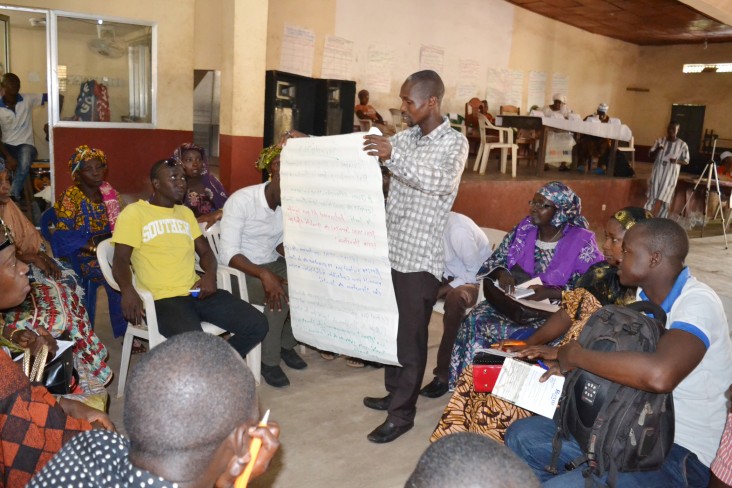
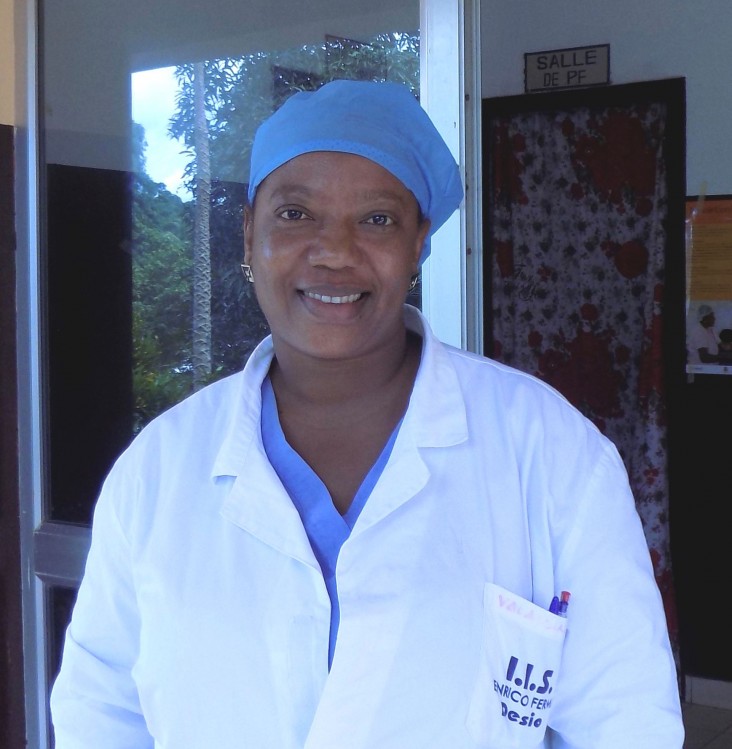
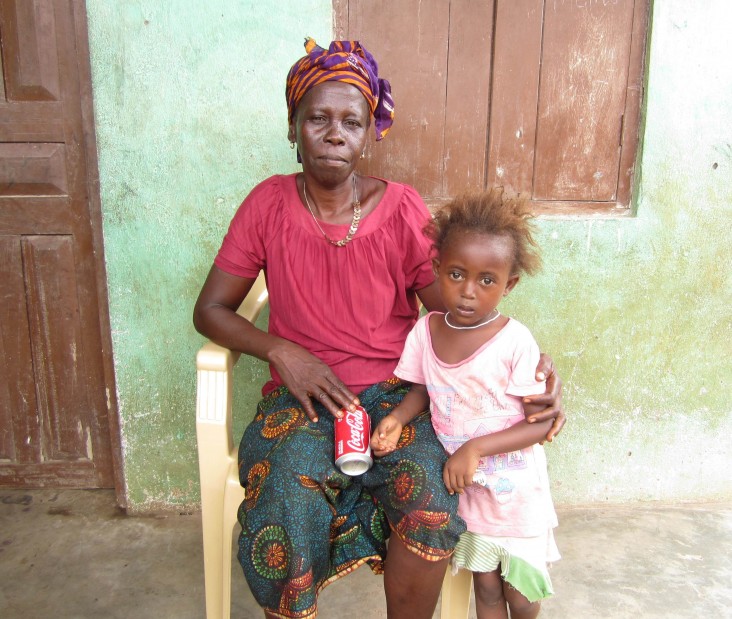
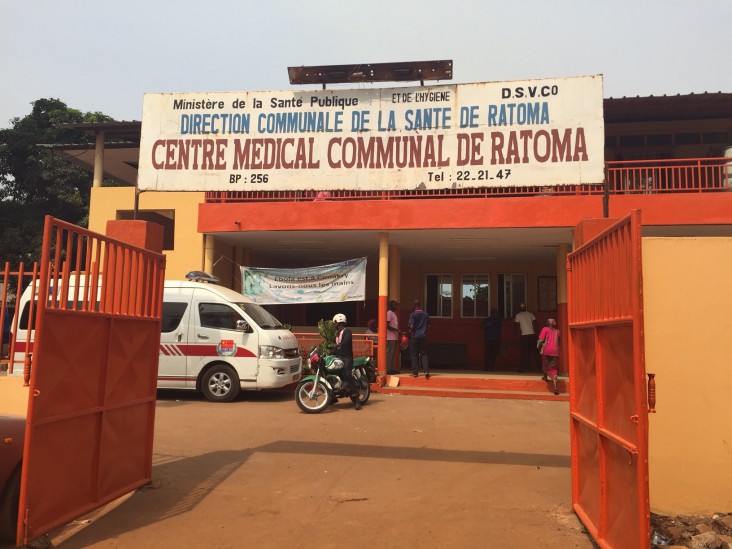
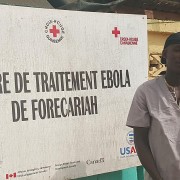
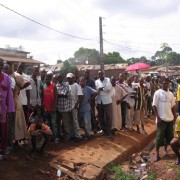

Comment
Make a general inquiry or suggest an improvement.